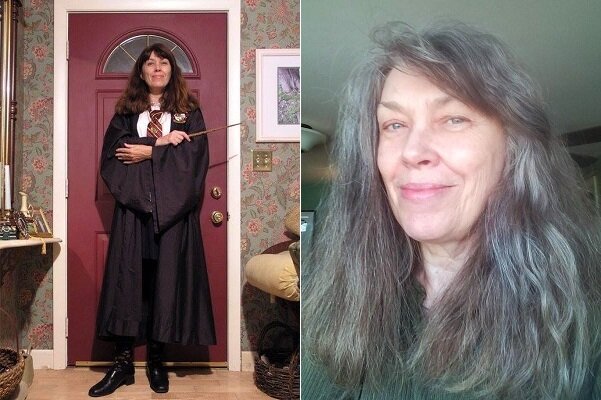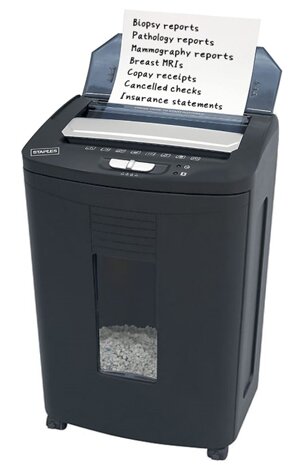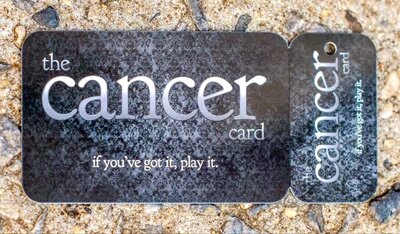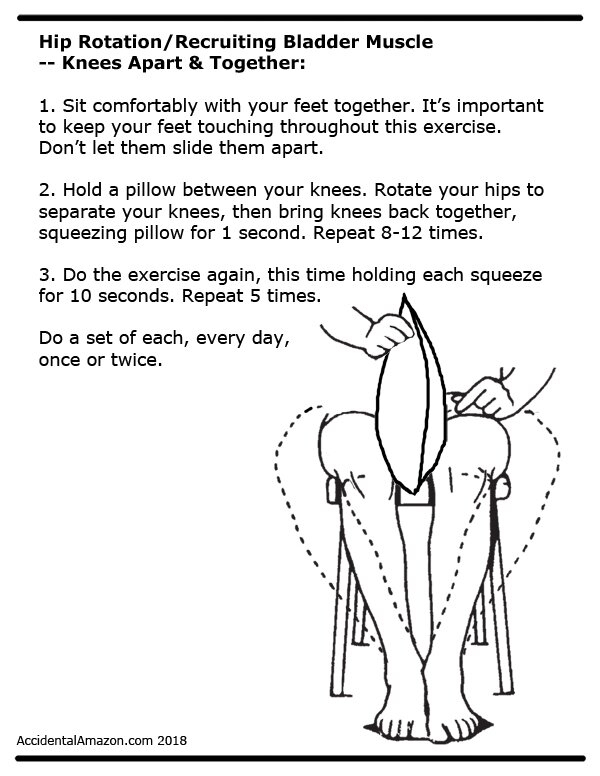It’s My Age, Not My Speed Limit
About six months ago, I got two snail mail letters from the Social Security Administration. I’m happy to report that, amid all the bloody, effing nonsense the current administration & the Senate put us through last year, with government shutdowns, games of budgetary chicken, etcetera and ad infinitum, the SSA was not one of the agencies that got shut down. They were at work, their employees employed and getting paid. Thank goodness. I found this out because both letters required me to contact them. One of the letters requested that I confirm the existence of an old, modest, employer-funded retirement pension, which I had entirely forgotten existed. The other letter instructed me to sign up for Medicare before my next birthday, when I would turn 65.
Medicare? Really?? Am I that freaking old???
I should explain that, as a homecare physical therapist, I have good, employer-based health insurance and work for a healthcare system that includes a hospital, which comes in handy. But you may also want to see a physical therapist. Lots of us physical therapists are trained in treating Diastasis Recti and providing Diastasis Recti exercises. I also know a lot about Medicare, because most of my patients have Medicare, or one of its optional plans that are managed by insurance companies. Which means that most of my patients are older than I am, and are retired. Increasingly, I have noticed that a lot more of my patients are much closer to my age than ever, and a lot more are in fact younger than I am. And some of those younger folks are also on Medicare, either because they retired early or are disabled.
In any event, I hadn’t been thinking much about my next birthday six months ago. I was not overly gob-smacked when I’d turned 60, so another half-decade didn’t concern me much. But seeing the word Medicare in a letter addressed to me just slapped me upside the head with this huge dose of reality regarding The Future. Or maybe I should say, THE FUTURE!!! All caps. Ominous, murky, uncertain.
Suddenly, I had to do some adulting that I had been putting off, adulting that had to do with preparing for THE FUTURE!!! Yes, I followed orders, and signed up for Medicare. But I only need Part A, which is free, because I already have my other health insurance. And I did confirm that my little pension exists. So then, while I was at it, I made an appointment to consult a retirement planner/financial advisor, which I’d also been putting off. I am not planning to retire for some years yet, maybe five. But up until then, thinking of retiring, and getting older, and possibly being broke and sick, has filled me with something like the dread and panic I experienced when I was diagnosed with cancer eleven years ago. However, I made the damned appointment, and it made me feel A LOT better about my prospects for being able to afford to retire someday and maybe not end up bankrupt. We won’t even get into the threats from the aforementioned administration and Senate to screw around with either Social Security or Medicare. I’ll just say that I wish a few folks in particular would evaporate. Immediately.
So then I made a follow up appointment with another retirement planner who was a bit further up the ladder than the first one. And she was wonderful and pleasant and she made me feel better as well, and we are checking into some stuff and plan to talk again.
So. Here we are. Today, which is my birthday, on which I turn 65. Which, bureaucratically and actuarially speaking, is old. Or the beginning of being old. Or the beginning of having to admit to being a senior citizen for real, albeit a young senior citizen, and not just a quasi-senior citizen who could arguably consider herself to be in late middle age. The AARP has been sending me invitation letters since I turned 50, which I think is really pushy. I’ve been able to get discounts for things like coffee and movie tickets for a while, which is nice. It’s been a mixed bag, this I-am-sort-of-but-not-really-a-senior-citizen-yet state of mind. But there’s no escaping it now. I’m in the old column. All this tsuris from a letter telling me to sign up for Medicare! Ah, well…
So, here’s a little of what’s changed, what hasn’t, and what I’ve learned in 65 years.
If you will refer to the photo above, you will see me, on the left, dressed as Hermione Granger, ready to go to work as an outpatient PT, on Halloween Day, seventeen years ago. On the right, you will see me a week ago. You may note that my hair looks pretty much the same in both photos, except for the color. In the left-hand photo, I’d started having it dyed to hide the incipient gray. And in the right-hand photo, it’s obvious that I stopped having it colored about three years ago. Aside from that though, I’m wearing the same expression on my face. And I know I had the same attitude.
I can also report that, after much trauma and tedium, I weigh the same now as I did then. The texture may be a bit different, but the volume is the same. Between then and now, I was diagnosed with breast cancer; treated for it; gained about twenty pounds because of the fatigue, the tamoxifen, and other collateral damage; got rid of ten pounds with arduous effort; got stuck with the last ten pounds for what seemed like forever; and then finally lost those last ten pounds in the past couple of years. And remained in the N.E.D. camp all this time. So, fuck you, cancer! But I digress…
What I’ve learned is not so much that I give even less of a rodent’s derriere than I did twenty years ago, but that I am a lot more certain about what is and what is not worth caring about. I care about the opinions of people whom I esteem as intelligent, thoughtful friends. Everyone else can go pound sand. I know that a lot of small things are worth caring about because they really are the big things. Things like those everyday exchanges of pleasantries with folks you encounter during everyday errands. Things like the teasing affection of good friends. Things like making art, and laughing, and being kind, and adopting two feral cats that have taught me a whole new level of patience and sanity and satisfaction. I have learned to value how the accumulation of these small things is what matters, what makes life worth living, how these things can imbue us with a social conscience and a sense of community and compassion. I’ve learned to tell the difference between rational skepticism and passing needless and ill-informed judgment. I’ve learned that sometimes you have to draw a line in the sand. I’ve learned that I don’t have to prove anything anymore. I’ve learned that age is not a diagnosis, but that I do need more maintenance as I get older. I’ve learned again what I knew as a child, that I can do “nothing” and still enjoy myself, and that I really do learn something new every day.
Life is short. Electrons are forever. Well, maybe.




 My next reaction was to feel guilty that I’d “let” cancer mess up my sterling credit record. As if. Finally, some kindly voice in my head made a simple suggestion: just tell the damned truth and play the damned cancer card. I had so far been reluctant to use it. But if ever there was an apt circumstance, this was it. So, gritting my teeth, I did. And the nice woman on the phone wiped out the late charges and told me to take all the time I needed to get caught up. I remember sitting there afterwards, relieved and grateful. And crying my eyes out and feeling stupid. And having a talk with myself about self-acceptance and coping and forgiving myself for having a cancer card to play at all. And about how playing it didn’t make me a weak person, just an honest one.
My next reaction was to feel guilty that I’d “let” cancer mess up my sterling credit record. As if. Finally, some kindly voice in my head made a simple suggestion: just tell the damned truth and play the damned cancer card. I had so far been reluctant to use it. But if ever there was an apt circumstance, this was it. So, gritting my teeth, I did. And the nice woman on the phone wiped out the late charges and told me to take all the time I needed to get caught up. I remember sitting there afterwards, relieved and grateful. And crying my eyes out and feeling stupid. And having a talk with myself about self-acceptance and coping and forgiving myself for having a cancer card to play at all. And about how playing it didn’t make me a weak person, just an honest one.






